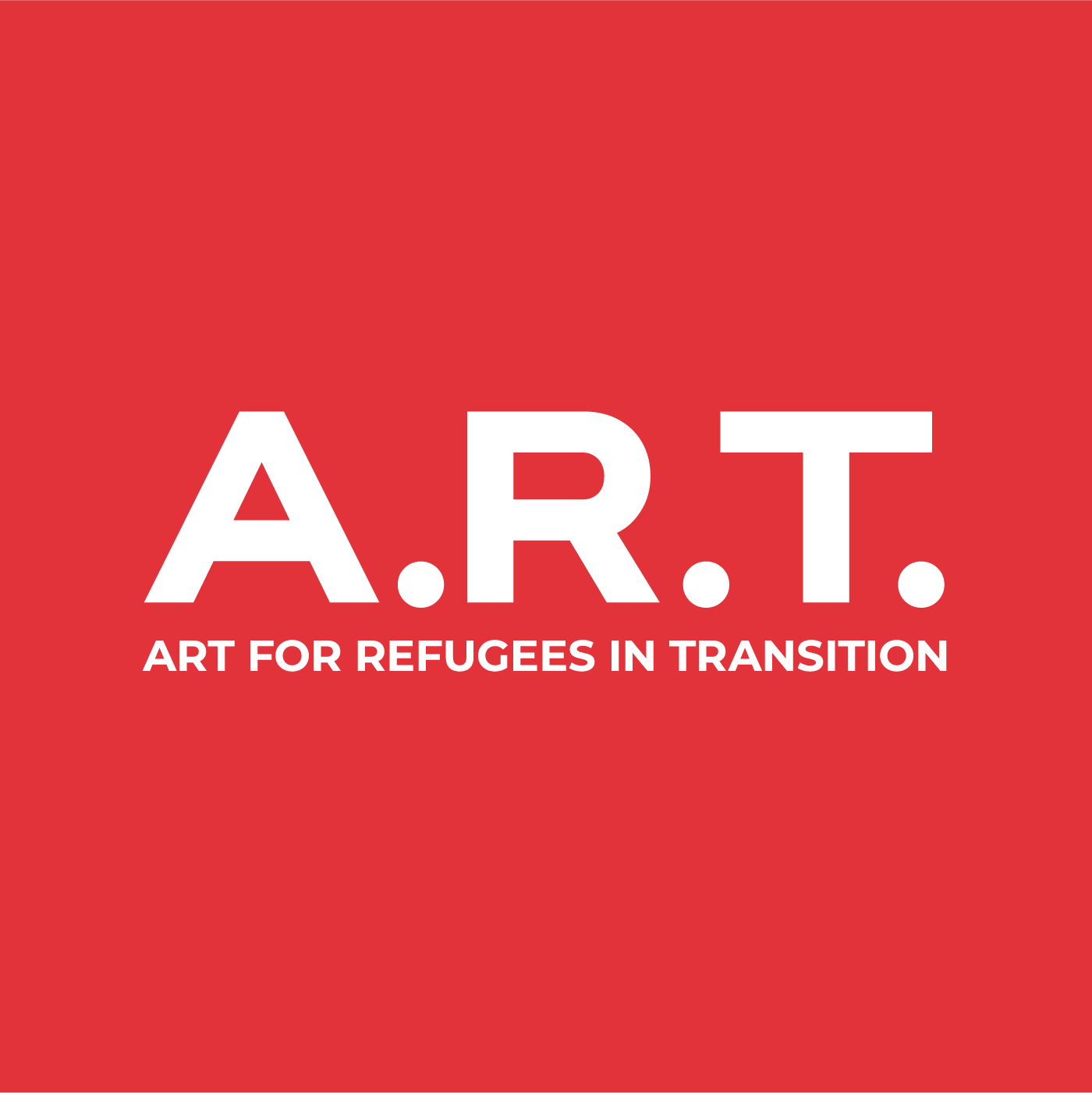Last Friday, Cate and I went back to Camp 1 (Camps 2 &3). Our first meeting was with the elders and traditional committee in the Temple. When we arrived, there were even more people than the previous week. They were sitting in the temple waiting for us, you could see the anticipation on their eyes - something would engage their minds and spirits,
One woman sang an eyro, and again she began to cry. This was the type of eyro that one sings to tell about your feelings because in their tradition one doesn’t express emotions openly and directly. She sang of how fortunate they are to have such kind foreigners – us – helping them and providing them the opportunity to hold onto their past. As one woman said, it means we can feel again. All these feelings have been put away, hidden, until they were given an opportunity and permission. It was as if they needed to have permission to go ahead and remember how it is to feel again.
I am very impressed with how well coordinated and structured and organized they are. When we asked if they had made any progress in creating a committee and identifying the adults interested in teaching and participating in the project, they had already created a five-person committee that will set the guidelines and direction for the project; it is an advisory board of the Traditional Committee. There is also a committee for the project that will oversee the teachers/elders. Then there are the teachers. This is organized very much the same as their governing structure or like a political party.
Finally, they provided us with a list of traditional art forms they are proposing to teach. Throughout this process with the adults and elders, it must be remembered that it will be the youth who decide which art forms they would like to learn. If it is not presented this way, I don't think the project will be successful. It has to take a "bottom-up" approach. If the youth are not integrated in to the formation of the project - from the very beginning and through implementation, it will not be successful.
The adults came up with a list of at least 12 art forms they would like to teach. It started with the eyro, the telling of traditional stories, myths and their history though song. Until recently, the Karenni did not have a written language and all traditions and history were passed to the next generation through the eyro, as well as the dances. The second was teaching fortune telling, this is done by reading chicken bones. Apparently, chicken bones have many meanings in Karenni tradition.
The third subject was traditional dances, which seems to be one of the most popular. Fourth, traditional songs; fifth, fortune telling with beads; sixth, bamboo weaving, to make baskets, floor coverings; seventh, weaving and costume making; eighth, drum making – with animal skins; ninth, bamboo flute making and playing; tenth, how to use a spinning wheel to make thread, and how to use a loom; eleventh, knife and machete making; and finally twelfth, teach guitar playing.
